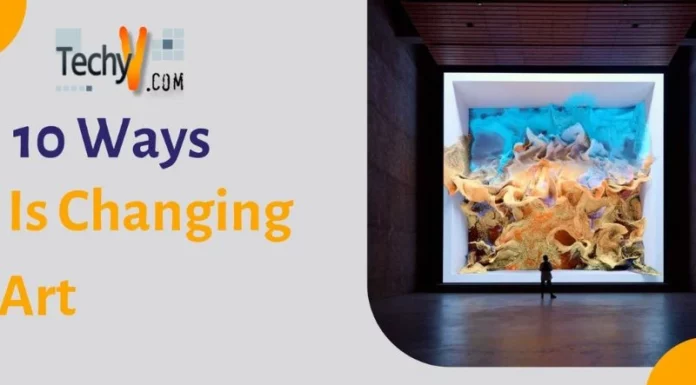Today’s digital media landscape makes accessing and sharing information easy and seamless. While this is beneficial, it increases the risk and effect of widespread misinformation, creating a need for robust verification processes.
Responding to this need, innovators have launched various technologies and measures for media verification to preserve information integrity. Consider five popular trends that are now shaping the future of media verification:
1. Advancement in AI and Machine Learning
Artificial intelligence (AI) is now widely used as a media verification tool to verify the accuracy of news stories. Programmers design adaptive AI systems with algorithms to analyze news content, comparing it with reliable sources to identify errors and false stories.
These automated fact-checking systems speed up media verification, facilitating the publication of accurate stories in real time. AI also leverages machine learning, especially deep learning, to discern fake news by analyzing whether a piece of information has been manipulated or altered.
The primary benefit of AI for media verification is speed and the large amounts of information verified per time. However, this feature has a limitation. It depends on its algorithm and data. Incorrect algorithms or inaccurate data fed to the system for training can lead to continuous wrong outputs.
2. The Rise of Deepfake Detection Technology
A deepfake is another popular and effective method for sharing false stories and promoting misinformation. It involves using technologies to stitch people into photos or videos they never participated in.
Deepfakes could insert a person in a place they never were to say things they never said. Dark web users often create deepfakes with algorithms that blend new and existing footage, making it nearly impossible to detect their falsity.
Fortunately, we now have deepfake video detection software to assist with media verification. This software analyzes subtle gray elements such as mouth shape and color-changing veins to discern manipulated videos. People have now readily adopted this new media verification technology, helping tremendously to curb misinformation and false stories.
3. Collaborations and Industry standards
There is a growing trend of collaborative efforts among media organizations for information verification. These organizations no longer consider intra-industry competition. Instead, they work together to eliminate misinformation and its effect on society.
Consequently, they have developed improved industry standards and protocols for media verification. All organizations heed these standards and protocols to ensure proper media verification and accurate information sharing.
An excellent example is the Content Authenticity Initiative (CAI), a group of industry leaders who collaboratively developed protocols for improved media verification. One of these is adopting digital signatures, which use cryptography to mark media to show it has not been unaltered since publication.
Endnote
Current efforts and achievements indicate that the future of media verification is bright and prosperous. The key trends we’ve just discussed are already recording a great deal of success in curbing misinformation. In addition, sufficient indications demonstrate a continual evolution of digital verification processes, and misinformation or false stories may soon be a thing of the past.

















